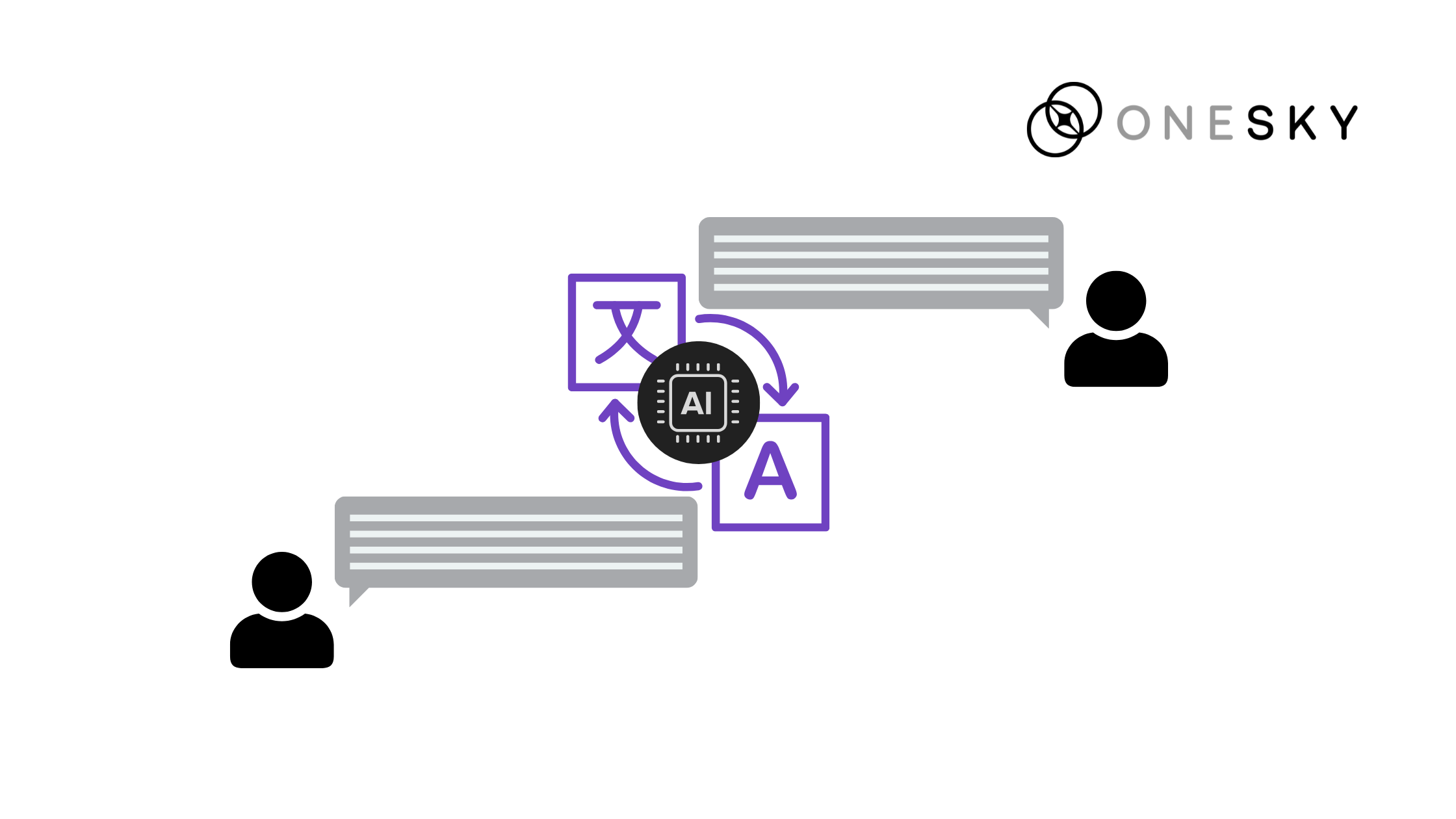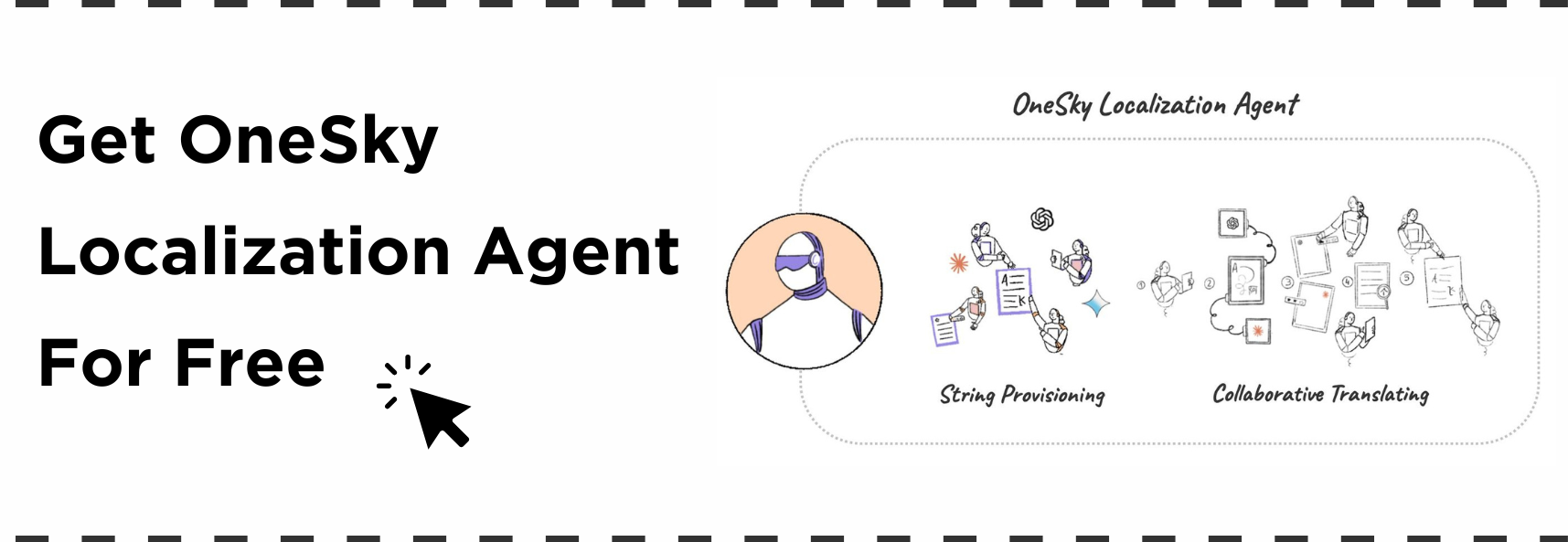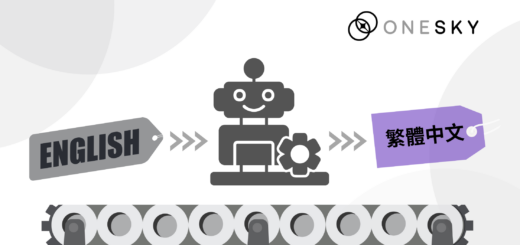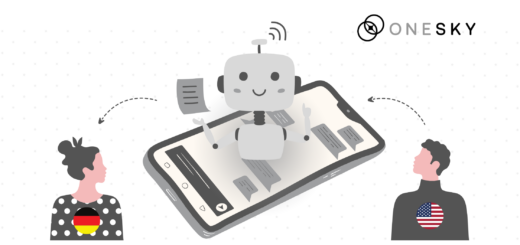3 Key Benefits of Using AI in Localization for Companies
What if you could enter new markets faster and at a fraction of the cost with AI in localization?
AI in localization is no longer a futuristic concept – it’s a powerful tool that’s already reshaping global business. Companies using AI for their localization efforts aren’t just growing; they’re outpacing competitors, capturing new markets, and setting industry benchmarks.
According to a new study by the Common Sense Advisory, 72% of global consumers prefer to purchase products in their native language. Another study suggests that localizing your brand messaging into just 10 languages would allow you to reach 90% of your target market.
This highlights the crucial role localization plays in global market expansion. With AI, companies can now meet that demand with unprecedented speed and accuracy. Are you ready to lead the charge?
In this blog, we’ll break down the 3 key benefits of using AI for localization. These benefits aren’t incremental improvements. Instead, they’re transformational shifts that can redefine how your business approaches global markets.
By integrating AI into your localization strategy you can significantly enhance your company’s efficiency, effectiveness, and reach.
Ready to see the 3 key benefits of using AI in localization? Let’s dive in!
1. Speed: Get to Market Faster with AI in Localization
AI-driven localization can handle vast amounts of content in a fraction of the time it takes for manual processes. Rapid turnaround means you can launch products faster, respond to market shifts more quickly, and maintain your competitive edge.
Consider this: AI localization systems, such as those using Neural Machine Translation (NMT), can instantly translate billions of words, automating up to 90% of the localization process. This efficiency allows companies to simultaneously launch new products across multiple regions, capitalizing on global market opportunities and seasonal trends in real-time.
For example, a company can roll out a new mobile app in multiple languages on the same day, ensuring a cohesive global launch that maximizes market impact.
Or maybe you’re an early-stage company unsure about which new markets to target? A Minimum Viable Localization (MVL) strategy might be the perfect starting point. MVL helps you test potential markets through a simple three step process:
- Learn
- Localize
- Measure
This affordable approach lets you dip your toes into localization without a major budget commitment. Moreover, it gives you clear insights into which markets are worth pursuing. For a detailed guide on how MVL can help you grow your user base, click here to download our latest eBook, The Beginner’s Guide to Minimum Viable Localization.
Most of all, speed = success. The ability to quickly adapt and respond to market changes can be a decisive factor in capturing and retaining customers. In a world where the first mover often wins, speed is your secret weapon. By using AI-driven localization or a temporary MVL strategy, you can improve your time to market and outpace your competition.
2. Quality: Better Translations, Happier Customers
While AI excels at processing large volumes of content, human expertise excels at nuanced accuracy and cultural relevance. The best of both worlds delivers the best outcomes.
According to reports by CSA research, companies using AI-human hybrid systems report 50% fewer errors and a 34% increase in customer satisfaction. This blend of technology and human expertise leads to localized content that is culturally appropriate AND accurate, leading to better market reception.
Quality matters. By leveraging AI to handle routine tasks and allowing human experts to focus on fine-tuning and contextual adjustments, you can deliver translations that truly reflect the intent and tone of your original content.
Take, for instance, the example of a popular global brand that entered the Asian market. By using AI to handle the bulk of the translation and local linguists to polish the content, the company ensured its messaging resonated with local cultural values and norms. This approach not only avoided costly cultural faux pas, but also strengthened the brand’s perception and trust in this new market.
3. Cost-Efficiency: Save Money, Grow More with AI in Localization
One of the most compelling benefits of AI in localization is its ability to significantly reduce costs. Human translation typically costs between $0.15 and $0.30 per word. In contrast, machine translation is in the range of $0.0000010 and $0.0000020 per word. To put this in perspective, translating a million words with a human translator can cost over $100,000, whereas using an AI-powered translation could cost as little as $10. In other words, this is the difference between paying over $100k for the translation of a million words or paying $10 for a translation.
This dramatic cost reduction enables companies of all sizes to expand their reach. Previously, start-ups and small to medium-sized enterprises (SMEs) would have been priced out of comprehensive localization strategies. Now, they can afford to enter multiple markets simultaneously. Larger companies, on the other hand, can reallocate these savings to other critical business units like marketing, customer service, or product development.
According to Gartner research, companies that implement AI-driven localization can cut localization costs by up to 40%. This is possible through several mechanisms, including machine translation, automated quality checks, and translation memory. For more information on how machine learning is transforming translation, please reference our earlier blogs here.
Finally, AI’s scalability means you can expand your localization efforts across multiple languages and regions with a proportional increase in costs. This scalability is vital for businesses who want to expand globally without significantly inflating their budget. Lower costs means higher margins, allowing more resources to be directed towards business growth.
Cost-efficiency fuels growth. As stated above, by saving on localization costs, companies can allocate more resources to other critical areas, such as marketing, product development, and customer service.
What Does This Mean For Your Business?
To sum it up, AI in localization offers a competitive and transformative advantage for companies looking to expand their global footprint. Here’s what AI-driven localization can do for your business:
- Faster time to market, reducing the gap between product development and global release
- Improved translation quality, ensuring your message resonates across diverse cultures
- Lower operational costs, freeing up resources to invest in business growth
For companies serious about global expansion, AI in localization is the key that unlocks massive opportunity and ensures success in diverse markets.
As businesses continue to navigate the complexity of globalization, those that leverage AI will not only survive, but thrive, setting new standards for customer engagement, market penetration, and speed.
Want to elevate your company’s strategy with AI-driven localization?
OneSky offers the tools and expertise to make it happen. Don’t leave global success to chance – partner with OneSky to ensure your brand resonates across borders. Click the button below.











 Written by
Written by 


